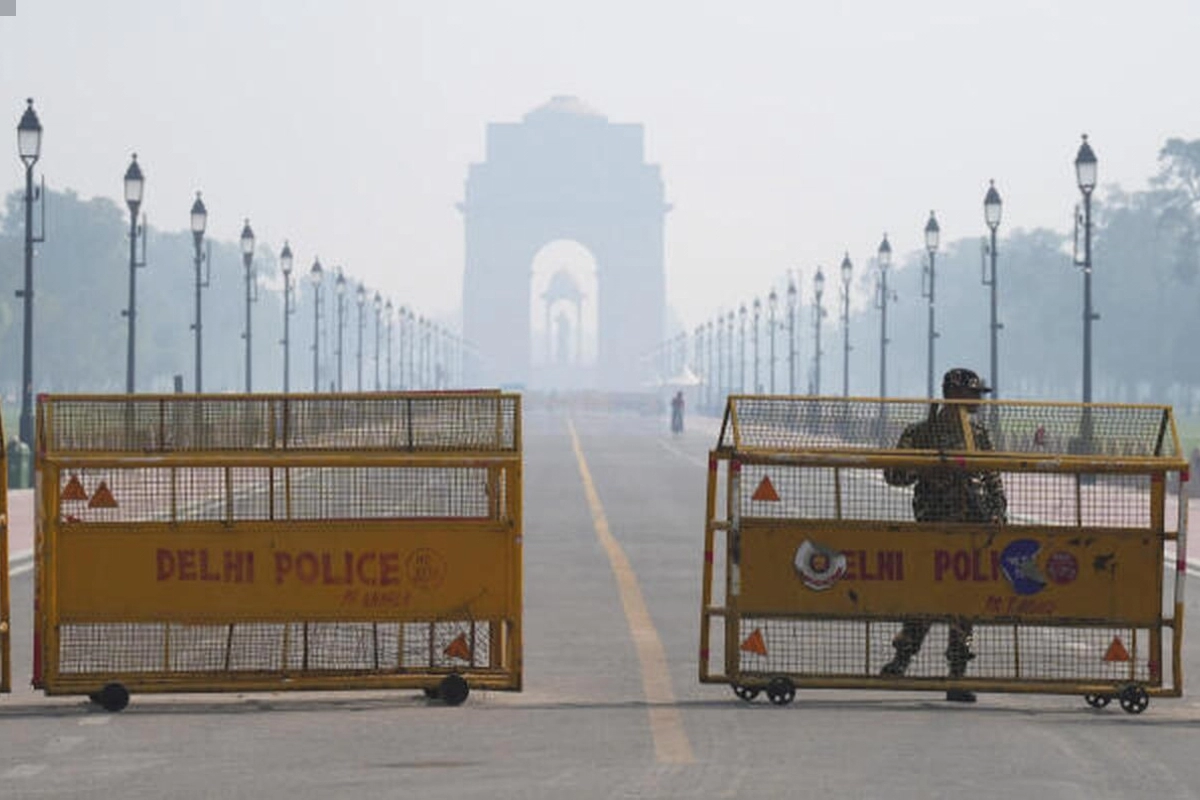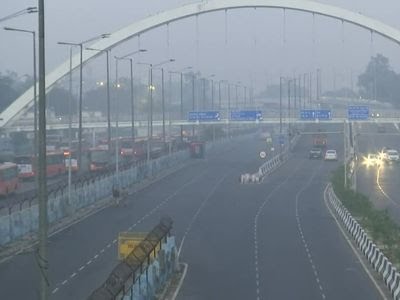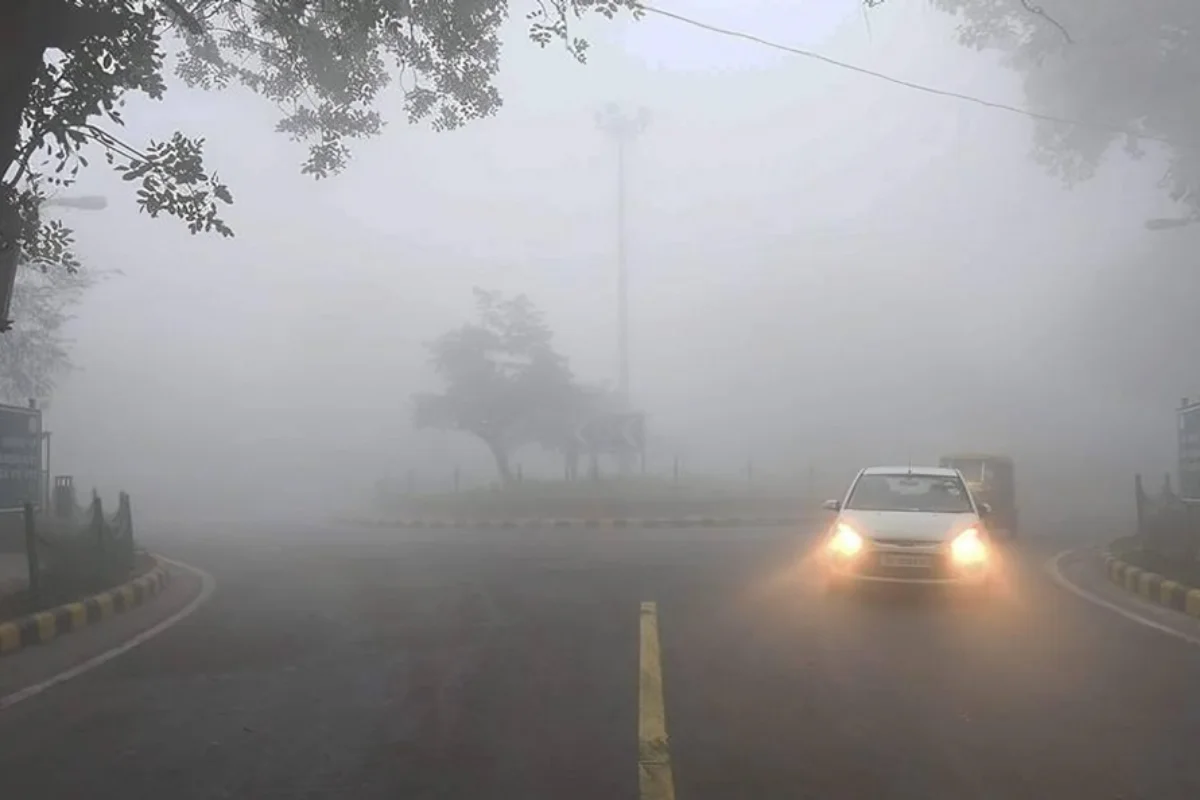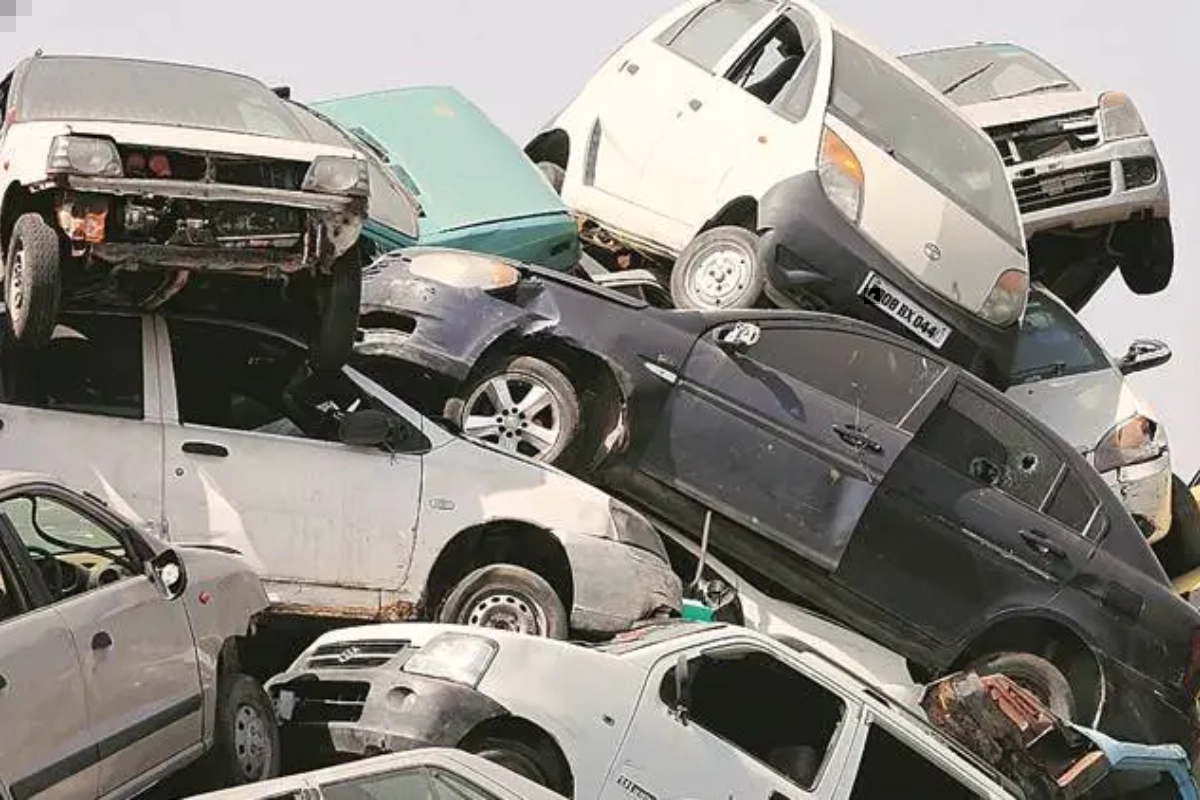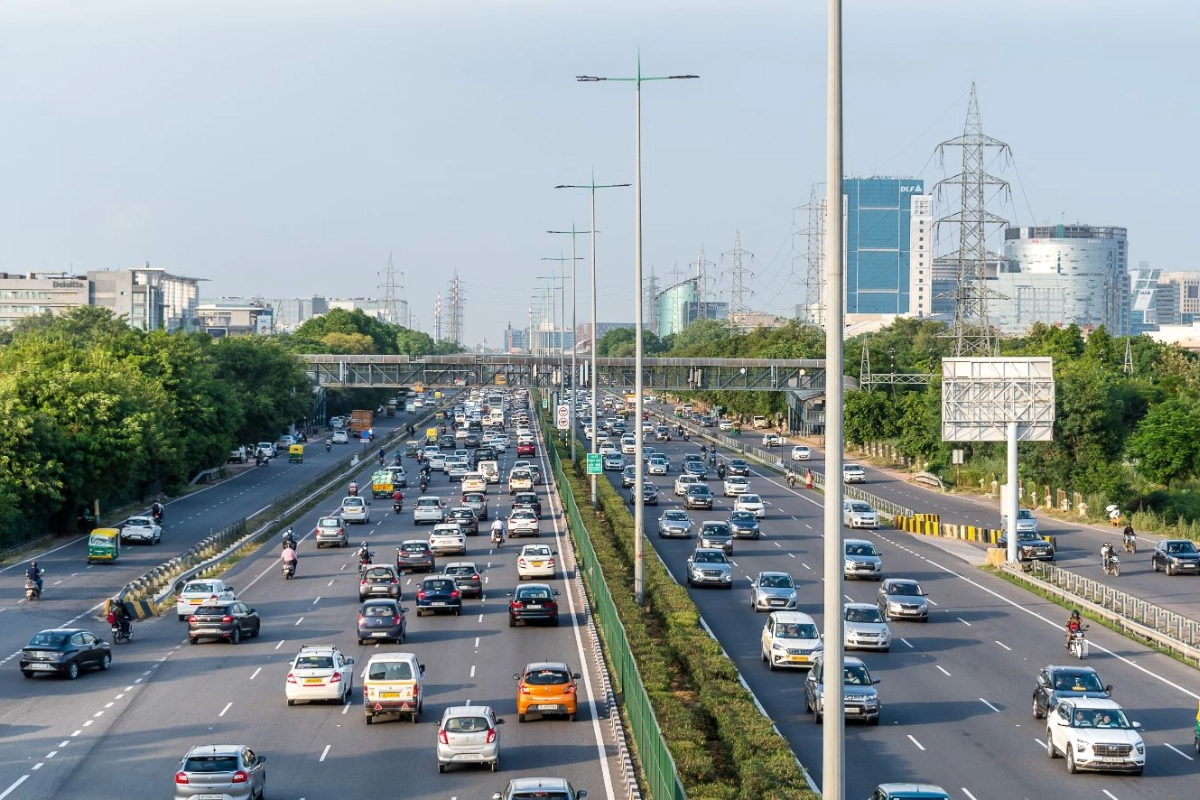Weather Update: An investigation of PM2.5 trends throughout the course of the full winter season (October 2022–January 2023) in Delhi–National Capital Region (NCR) done by the Centre for Science and Environment indicated a bending of the winter pollution curve and a decrease of peak levels.
Delhi had the worst air pollution
According to a recent report by the New Delhi-based non-profit Centre for Science and Environment, the winter of 2022–2023 was the cleanest for Delhi–NCR since 2018, when extensive air quality monitoring began. Out of the five major NCR cities, Delhi had the worst air pollution, according to CSE.
This winter has been the cleanest in New Delhi-NCR
The Urban Lab at CSE conducted the investigation, which showed a consistent decline in seasonal average air pollution levels, despite elevated levels predominating at city stations. Since extensive air quality monitoring began in 2018, this winter has been the cleanest in New Delhi-NCR, according to Anumita Roychowdhury, executive director of research and advocacy at the Centre for Science and Environment (CSE). A thorough examination of PM2.5 trends in Delhi-NCR from October 2022 to January 2023 reveals a “bending of the winter pollution curve and decrease of peak values,” according to CSE.
Need to be maintained with far stronger action on automobiles
“This improvement is a result of both weather predictions and emergency response based on pollution. Early in the season, there was significant and prolonged rainfall, which helped to lower the seasonal average and prevent smog outbreaks from becoming more pronounced. Notwithstanding the decrease, Delhi is still the most polluted of the NCR cities and towns. To reach the clean air standard, this downward trend will need to be maintained with far stronger action on automobiles, industries, garbage burning, construction, solid fuel, and biomass burning, according to Roy Chowdhury.
Must Read: Delhi Metro schedule changed? Check out the revised timings here for Holi 2023
High pollution episodes were coordinated despite great distances
The data reveals that during this winter, there were still 10 days with severe and severe-plus air quality and one four-day smog incident. Seasonal averages in the greater NCR varied widely amongst the cities and villages, but high pollution episodes were coordinated despite great distances. Noida, Faridabad, Ghaziabad, and other nearby cities have slightly higher pollution levels than other NCR cities, although not significantly. This is the issue that this landlocked area is facing, which necessitates even more aggressive effort, according to Avikal Somvanshi, senior programme manager, Urban Lab, CSE. This analysis looks at annual and seasonal changes in PM2.5 concentration for the years 2018, 2019, 2020, 2021, and 2022, from October 1 to January 31. This study is based on data that is currently being collected in real time from Delhi-operational NCR’s air quality monitoring stations.
Keep watching our YouTube Channel ‘DNP INDIA’. Also, please subscribe and follow us on FACEBOOK, INSTAGRAM, and TWITTER.


